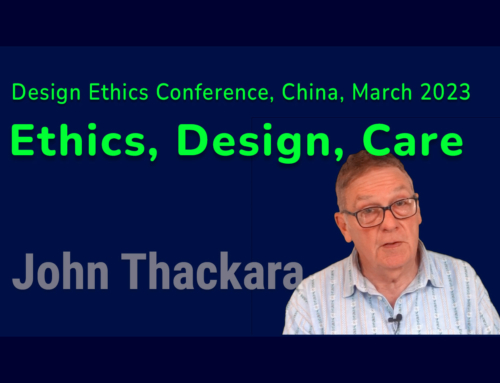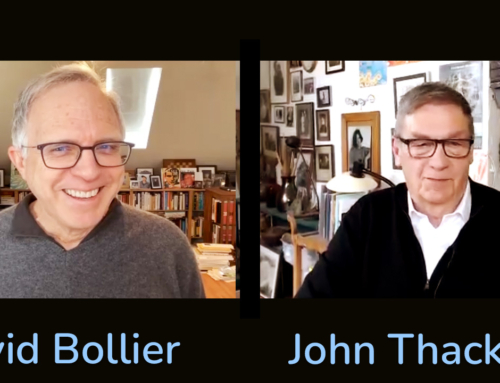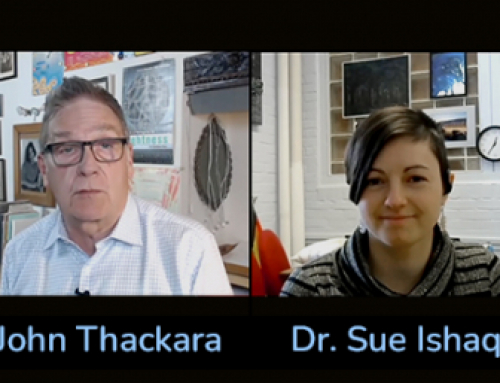In Lars von Trier’s 2003 film Dogville (below) there is almost no set. Buildings in the town are represented by a series of white outlines on the floor. Dogville was a to-the-limit exercise in what von Trier calls ‘pure cinema’ – a commitment to use only real locations, and no special effects or background music, when making a film.

I was reminded of Dogville during a this year’s Transition Conference in London. There were talks and workshops, of course, but our main task was to create the working physical model of a town centre, a few years ahead, in which the services needed for a resilient community would be in place – and open for business. We had four hours to do it.
As a first step, a dry-run took place on a huge sheet pre-drawn to show streets and buildings….

Then, for the main event, white lines were taped onto the floor of the main hall; these delineated the main spaces available to be occupied by new enterprises…

Meanwhile, small groups sketched ideas for the different services they would like to see in their town…

Their proposals ranged from the practical, to the poetic…

The various social enterprise ideas were clustered on bigger blackboards around the edge of the room…

Around each cluster, people self-organised themselves into start-up teams; each person below is carrying a sign that states what skill they can bring to the proposed enterprise…

Each team then built its shop (we had 30 minutes for this design-and-build phase)…

…and then opened for business. Shown below is a walk-in community facilitation and mediation service – complete with cups of tea ready for stressed-out clients…

Resilientville’s citizens then toured the town visiting the new establishments…

The day (and the conference as a whole) ended with a Town Hall meeting

In an earlier post I asked – in the context of facilitating mixed groups with different cultures and agendas – how do you manage a constellation? I concluded then that our collective design task is to bring together visions, ways of knowing, and ways of collaborating. With Transitionville, we achieved most of that in half a day.
One could argue, of course, that designing a resilient English country town, as we did in Battersea Town Hall last week, has little in common with the challenges people face in Detroit, Sao Paulo – or for that matter inner London. One could also quibble that our focus on a town centre reinforces a type of economic geography that would be unsustainable in a rural or suburban context.
These points are valid, but beside the point. Nobody is promoting this exercise as a universal game to be copied, in this form, in other contexts. Its lesson, as Chrissie Godfrey put it at an earlier Transition conference, is that paying attention to the process by which groups work together is just as important as growing food or putting up windmills. “No group is perfect, there are always the tensions and power dynamics at play” says Godfrey; “but being able to embrace and work with difference is a real positive – and that takes a particular skill set and a willingness to participate in the life of the group”.




